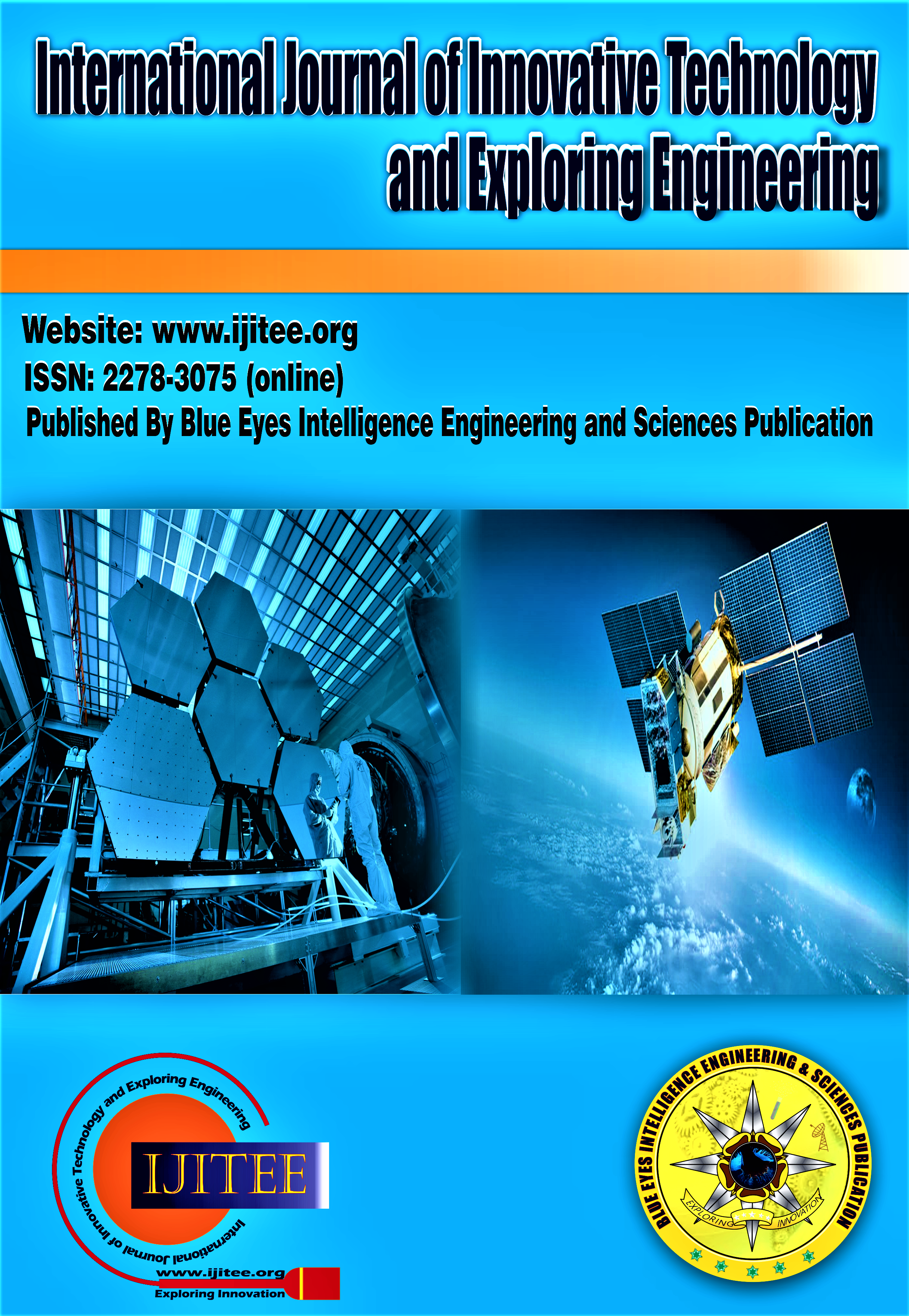Experimental and Numerical Analysis Over Power Series Nose Cone
Main Article Content
Abstract
While designing aerospace vehicles, one of the most important factors to consider is drag. Drag force opposes the vehicle and causes it to slow down, which in turn requires more fuel to maintain flight. The vehicle nose cone plays a vital role in minimizing the drag during flight. The shape of the vehicle's body, as well as the fluid characteristics and orientation, can all have a significant impact on drag. To determine the most effective nose cone design, a study was conducted to test the aerodynamic performance of power series nose cone profiles using both experimental and computational techniques. All nose cone profiles with the same L/D ratio were assessed at 25 m/s speed with no angle of attack. The experimental data, including pressure, velocity, and drag, were then compared with computational data to ensure the accuracy of the wind tunnel experiments. The primary factor in determining the best shape for the subsonic flow range among all the nose cone profiles was the drag coefficient. The nose cone with a power of 0.25 was found to have the lowest drag coefficient at low subsonic speeds, making it the best-performing nose cone profile among those investigated. During take-off, drag is the most undesirable factor, as it can significantly impact the fuel efficiency of the vehicle. Therefore, it is crucial to have the least amount of drag possible. In this case, the nose cone with a power of 0.25 can be used in the initial stages of the rocket to minimize drag and maximize fuel efficiency.
Downloads
Article Details
Section

This work is licensed under a Creative Commons Attribution-NonCommercial-NoDerivatives 4.0 International License.
How to Cite
References
Anderson J.D., “Fundamentals of Aerodynamics”, McGraw-Hill, New York, NY, USA, 2007.
Subha, Rosy & D'rozario, Anthony Mario & Manojith, Sreeshin, “Study on Various Types of Nose Cone Profiles at Supersonic Speed Through Analytical”, Experimental And Numerical Simulation Methods. Journal of Xidian University. 14. 10.37896/Jxu14.6/312, 2020. https://doi.org/10.37896/jxu14.6/312
Yeshwanth, A. & Senthiil, P.V. “Nose cone design and analysis of an avion”, International Journal of Pure and Applied Mathematics, 119. 15581-15588, 2018.
Kumar, P. Kiran. "Analysis of nose cone of the missile." International Journal of Engineering Research and Applications, ISSN 2248-9622, 2020.
Rozario and Anthony Mario, "Study on Various Types of Nose Cone Profiles at Supersonic Speed through Analytical, Experimental and Numerical Simulation Methods."
Schinetsky P. A., B. T. Brooker, A. Treadway, S. M. Olcmen, S. E. Jones, “Numerical and experimental analysis of projectile nose geometry”, Journal of Spacecraft and Rockets, 52(5), 1515-1519, 2015. https://doi.org/10.2514/1.A33316
Foster N. F., G. S. Dulikravich, “Three-dimensional aerodynamic shape optimization Using genetic and gradient search algorithms,” Journal of Rockets and Spacecraft, 34(1), 36-42, 1997. https://doi.org/10.2514/2.3189
Deepak N. R., T. Ray, R. R. Russell, “Evolutionary algorithm Shape Optimization of a Hypersonic Flight Experiment Nose Cone”, Journal of Spacecraft and Rockets, 45(3), 2008. https://doi.org/10.2514/1.33826
Ranjan R. R., D. V. Parmar, H. K. Raipuria, P. B. Singh, “Innovative nose cone design of aircraft”, ASME International Mechanical Engineering Congress and Exposition, Texas, USA, November 2015. https://doi.org/10.1115/IMECE2015-50264
Garry A., Crowell Sr, “The Descriptive Geometry of Nose Cone”, 1996.
Varma A. S., G. S. Sathyanarayana, “CFD analysis of various nose profiles”, International Journal of Aerospace and Mechanical Engineering, 3(3), 26-29, 2016.
Harish S., D. Hasen, V. Giridharan, “Computational study on surface pressure distribution and base pressure distribution over parabolic series nose cone”, Journal of Chemical and Pharmaceutical Sciences, 9(2), 0974-2115, 2016.
Rafie, A. S. M., Magaidi, A. M., & Marzuki, O. F. (2019). Aerodynamic Performance of Biomimicry Snake-Shaped Airfoil. In International Journal of Engineering and Advanced Technology (Vol. 9, Issue 2, pp. 3319–3323). https://doi.org/10.35940/ijeat.b3560.129219
Mishra, N. K., Kumar, A. S., Ganesh, M., & Rehman Alam, M. A. (2019). Design of Minimum Length Supersonic Nozzle using the Method of Characteristics. In International Journal of Innovative Technology and Exploring Engineering (Vol. 9, Issue 2, pp. 1370–1374). https://doi.org/10.35940/ijitee.b6183.129219
P, D., Verma, A., Reddy, C. J., Suri S, J., & M, V. (2020). Boundary Layer Control of Airfoil using Rotating Cylinder. In International Journal of Recent Technology and Engineering (IJRTE) (Vol. 8, Issue 6, pp. 4742–4750). https://doi.org/10.35940/ijrte.e9862.038620
Shaheen, A., & Sinha, A. D. (2020). Crash Analysis of Aircraft Nose Prototype. In International Journal of Engineering and Advanced Technology (Vol. 9, Issue 6, pp. 204–213). https://doi.org/10.35940/ijeat.f1360.089620
Pandey, S., & Samanta, A. (2020). Real-time Forecasting of COVID-19 Prevalence in India using ARIMA Model. In International Journal of Management and Humanities (Vol. 4, Issue 10, pp. 78–83). https://doi.org/10.35940/ijmh.j0973.0641020





